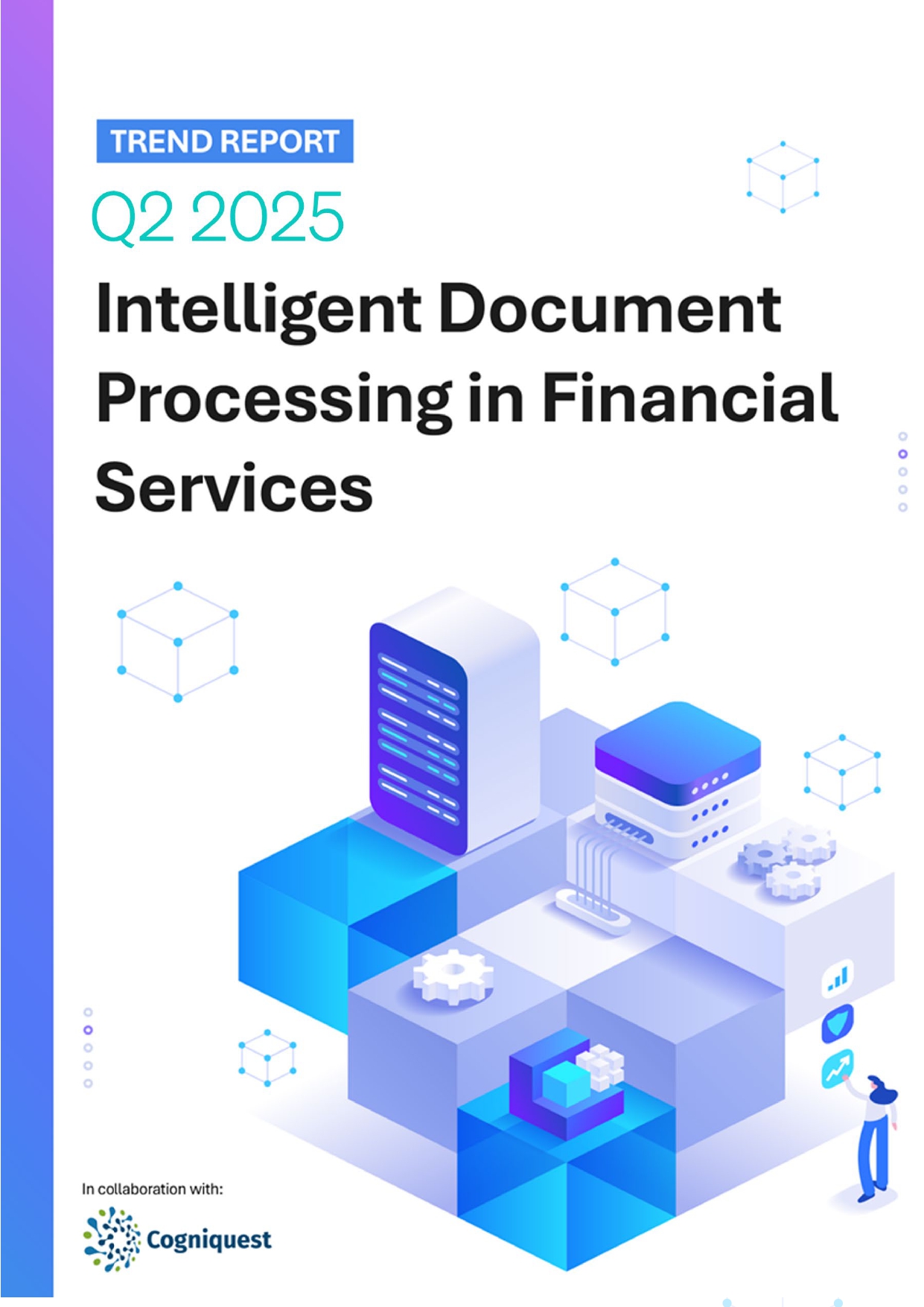 Back
Back
Data is money – dealing with dark data in financial services

Data is widely acknowledged to be one of the business’ most valuable assets. Yet even data can depreciate in value. Like currency itself, it is always changing and evolving with new types appearing. Just as the financial industry has witnessed the rise of alternative and cryptocurrencies, businesses are trading on a recent boom of new forms of structured and unstructured data. Whether it has been digital or voice, every time a new channel is created a new kind of data is born alongside it.
Yet this has consequences for the data that came before, and for the businesses that continue to store it. As technology advances, old data gets harder to read and slower to utilise. Eventually, it becomes obsolete and less care is taken to properly manage it. Once it has fallen off the radar, we call it dark data. When data goes dark, conditions can become very dangerous for an organisation. To overcome this challenge, financial services companies will need a more strategic approach to data management and an increasingly robust use of technology.
The dark age of financial data
From the days of the earliest banks, financial services companies have always used data to improve and streamline the customer experience. We have come a long way from personal customer information written on paper documents, to credit scores, purchase histories and the telematics data used by an increasing number of insurance companies. Yet, this long history of data collection is part of the problem.
As financial services companies evolve, old data loses its strategic and business value – going dark. With today’s limitless cloud storage systems, it is far easier to make use of digital data than it is physical written records. Inevitably, the latter is filed away and eventually lost. Yet dark data never completely goes away.
Financial services companies are particularly vulnerable to the rise of this dark data. Indeed, the industry holds huge backlogs of stale data, 20% of which are made up of old document files. As smart contracts and blockchain transactions grow in popularity, this type of old data is rapidly losing its relevance and value.
The financial services industry’s heavily regulated environment is partly responsible for creating a culture that is cautious to delete anything. The result of this ‘save everything often’ mentality is that old data takes up valuable storage space.
The out of sight, out of mind nature of dark data also means it stops being properly managed, maintained and protected. Over time, this can pose a major security risk to financial services companies and their customers. With data privacy regulations like GDPR now in effect, consumers are more likely to take action against irresponsible financial services firms than any other sector, so dark data represents a ticking time bomb for data security.
How good data dies
To fight the dark data problem, businesses must stop it at its source. Ultimately, dark data stems directly from a lax data management strategy. This is not a new phenomenon; indeed, it has long been an aspect of development culture in financial services. Historically, mainframe systems were siloed and when a new application was to be built it would be done in a separate environment. Unsurprisingly, the data these companies hold is now spread across many different databases found in the cloud and on-premises.
When data becomes dark, it is not because of negligence but the complexity of keeping it organised in deeply fragmented IT environments. Research shows that employees regularly struggle with an overabundance of data sources and tools, as well as a lack of strategy and backup solutions. According to our research, the majority (81%) of organisations think their visibility and control of data is unsatisfactory and even more (83%) believe it is impacting data security. Not only is this fueling the rise of dark data, but it is also hurting the ability of employees to find and utilise valuable data, resulting in missed business opportunities and wasted resources.
A better way to manage data – Creating a data management strategy
As data becomes more siloed and fragmented, it is harder to find, manage and protect. This is how dark data turns into a risk. To stop this happening in the first place, financial services companies must create data management strategies that accommodate both recent and obsolete data. At the same time, they have to resist the temptation of a ‘save it all’ strategy. Instead, they should take advantage of new tools and platforms that can locate, automatically classify and manage data across multiple environments.
Introducing and enforcing data management policies
Data management policies should be put in place and enforced from the bottom to the top. This means everyone knows what the data types and formats are and where they should be saved at all times. But it is equally important that these boundaries are not too restrictive. Data is changing all the time, so standards too will need to adapt. Employees should be allowed some freedom of action as long as they stay within the goal posts.
Using the right technology
Financial services companies should also be willing to adopt data management technologies for increased efficiency and protection. A single, unified data management platform can make use of intelligent automation, helping employees locate the data they need faster. This not only makes data less likely to become dark, it gives the company a strategic edge and the ability to make better business decisions faster.
It is not only old, established players that should fear the rise of dark data. Disruptive payments providers and challengers may be on the cutting edge now, but they are just as subject to time and the depreciation of data. Finding new ways to utilise and safeguard data is at the heart of digital transformation. It is the key to creating opportunities and value for a business. Good policies and a structured, automated approach will not only prevent the rise of dark data in financial services but also help financial services companies truly harness the power of their data.
By Jasmit Sagoo, senior director, Northern Europe, Veritas Technologies
IBSi News
Get the IBSi FinTech Journal India Edition
- Insightful Financial Technology News Analysis
- Leadership Interviews from the Indian FinTech Ecosystem
- Expert Perspectives from the Executive Team
- Snapshots of Industry Deals, Events & Insights
- An India FinTech Case Study
- Monthly issues of the iconic global IBSi FinTech Journal
- Attend a webinar hosted by the magazine once during your subscription period
₹200 ₹99*/month
* Discounted Offer for a Limited Period on a 12-month Subscription
IBSi FinTech Journal

- Most trusted FinTech journal since 1991
- Digital monthly issue
- 60+ pages of research, analysis, interviews, opinions, and rankings
- Global coverage
Other Related Blogs
Related Reports

Sales League Table Report 2025
Know More
Global Digital Banking Vendor & Landscape Report Q2 2025
Know More
NextGen WealthTech: The Trends To Shape The Future Q4 2023
Know More
Intelligent Document Processing in Financial Services Q2 2025
Know More

